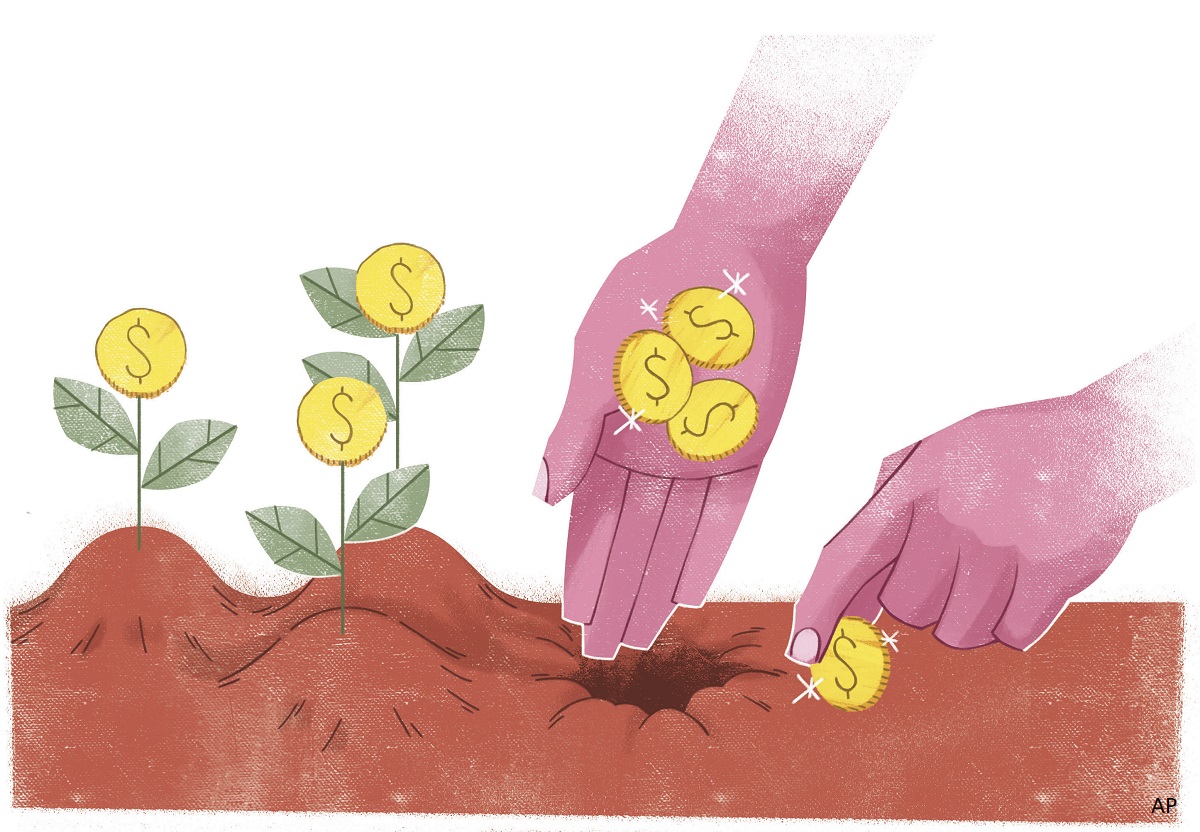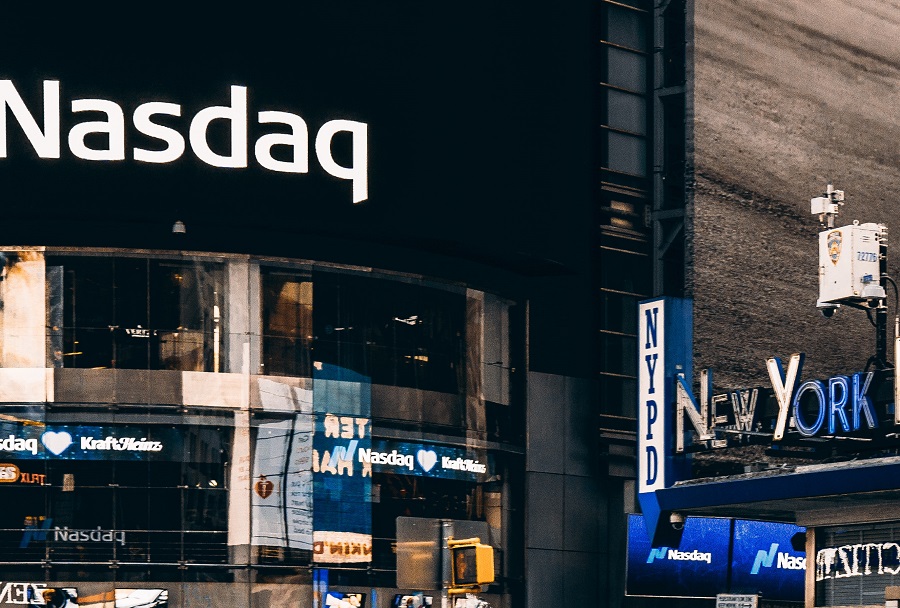
Growth stocks, and ETFs that hold them, got off to a searing start in 2023. Their blistering returns came courtesy of seven giant stocks—the so-called “Magnificent Seven”—an homage to the 1960s Western about seven gunmen that defend a small farming village.
And like their namesake, growth ETFs are anything but defensive. They tend to have a higher risk profile, and their lofty multiples reflect expectations that the stocks they hold will continue to grow their earnings well into the future. The risk is that they may be trading well above what they’re actually worth.
3 Growth ETFs Having a Great Year
- Schwab U.S. Large-Cap Growth ETF SCHG
- iShares MSCI EAFE Growth ETF EFG
- Vanguard Mega Cap Growth ETF MGK
The first ETF on our list is Schwab U.S. Large-Cap Growth ETF (SCHG). This is a no-frills ETF that simply captures the more expensive half of the U.S. large-cap market. It sports one of the lowest fees in the category, further cementing its long-term edge over most of its peers.
SCHG posted a total return of nearly 40 percentage points over the first seven months of 2023, outperforming its average peer by almost 12 percentage points.
International-growth ETFs are few and far between, but Bronze-rated iShares MSCI EAFE Growth ETF (EFG) is a good option. This ETF holds growth-oriented stocks from more than 20 foreign developed markets and can help diversify a U.S.-centric portfolio. Consumer staples giant Nestle (NSRGY) is the top holding in this ETF, while household names like L’Oreal (OR) and Sony (SONY) also land among its top positions.
EFG charges about 0.7% less per year than its average competitor, and that relatively low fee has been an advantage. It outperformed its average peer in the foreign large-growth category by about 1 percentage point over the first seven months of 2023.
The third ETF for today is more focused on the largest and most expensive stocks in the U.S. market. Silver-rated Vanguard Mega Cap Growth ETF (MGK) holds about 100 of the largest U.S. growth stocks in its portfolio. Fewer holdings lead to greater concentration in this ETF. Apple (AAPL) and Microsoft (MSFT) collectively represented almost 30% of its portfolio at the end of July.
Large stakes in those companies helped fuel its performance this year. It outperformed its average category peer by more than 13 percentage points over the first seven months of 2023.
While these companies trade at lofty multiples, they are among some of the most profitable businesses in the world, and a number of them have strong competitive advantages that should allow them to remain profitable in the long run.























